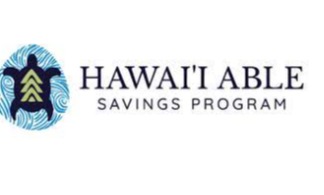
Hawai'i has partnered with the State of Oregon and their ABLE for ALL Savings Plan. The National Program ABLE for ALL Savings Plan is available without regard to the beneficiary's state of residence. The Hawai'i ABLE Savings Program is a participant in the National Program.
- Program typeABLE Savings plan
- Investment ManagerSellwood Consulting
- Inception2021
- State agencyHawai'i Department of Budget and Finance - Director of Finance
- Program ManagerSumday
Eligibility
State residency requirements:
Who can be a participant/owner in the program?
Program restrictions:
Did you know?
The plan can be used to pay for qualified disability expenses.
This can include education, job training and support, healthcare and financial management.
Savings in an ABLE account will not impact eligibility to receive government benefits.
The first $100,000 is exempt from the Supplemental Security Income limit, and beneficiaries will continue to receive Medicaid regardless of account size.
Residents are not limited to investing in their own state’s ABLE plan.
Another state may offer a plan with better suited investment options, lower fees or preferred features.
Visit this plan’s website to learn more
Contributions
Maximum contributions:
Minimum contributions:
Investment Options
Target-Risk Options:
Bank Money Market Investment / Checking Option:
See the best 529 plans, personalized for you
A good place to start